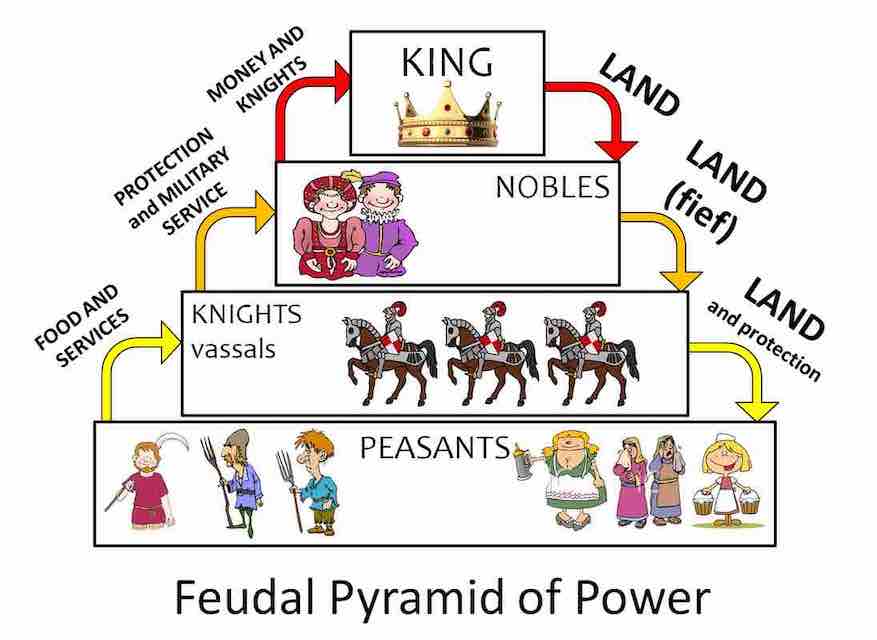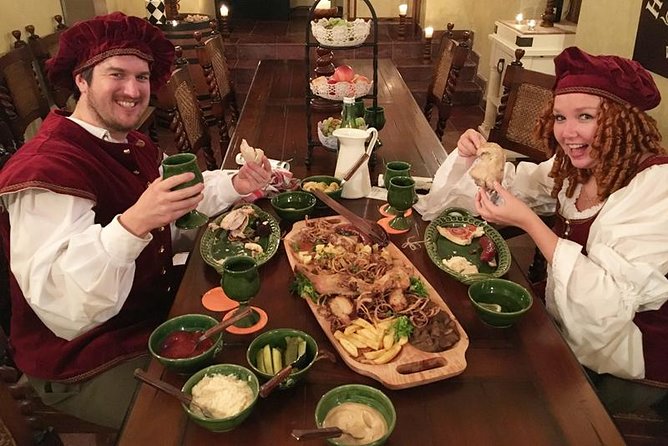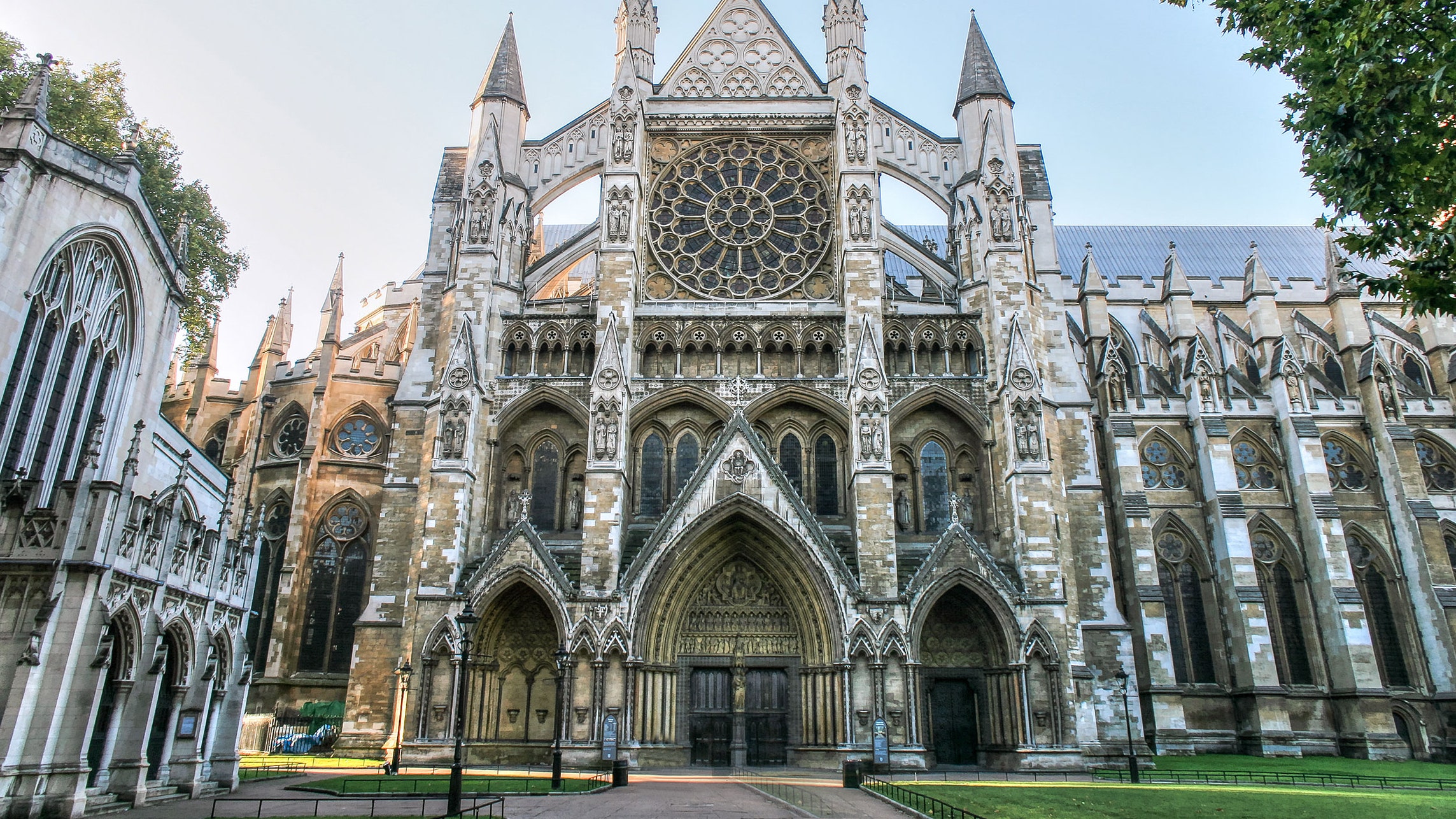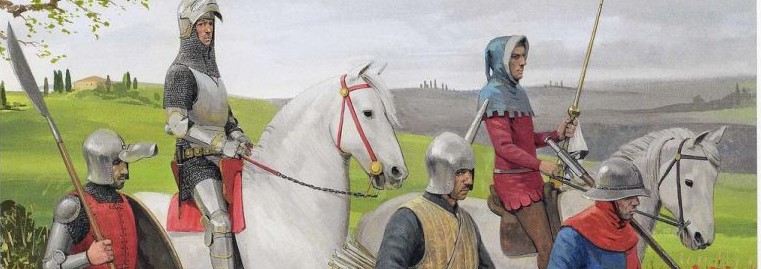MEDIEVAL EUROPE-HISTORY-GEOGRAPHY
Since nearly everything depends on history and geography, learning this chapter before any other subject is essential if you want to understand the precise facts of economics and science. Since nearly everything depends on history and geography, learning this chapter before any other subject is essential if you want to understand the precise facts of economics and science.
The Middle Ages are a period of roughly one thousand years in European history, from the fall of the Western Roman Empire in the 5th century to Early modern Europe, which began with the Renaissance and the Age of Discovery in the 15th century.
Anarchy reigned in these unforgiving ages, and to stem the waves of bloodshed and violence, justice had to be even harsher. At a time when people have been publicly dismembered and crowds have gathered to witness executions, most people like to romanticize this bloody period.
Piracy was often necessary to survive, people were desperate, and food was scarce, there were rebellions and mobs to protest. Keeping their walls from being breached became a priority, so punishments for crimes began to worsen.
Hands were cut off for stealing, tongues for lying, torture became more common and dungeons earned their fearsome reputation. Hidden within the bowels of a fortress to muffle the sound and prevent escape, spies and commoners alike were strung up for information. With war always a step away, there could be no chances, fear spread like a disease, and with it came revolts.
There was no leniency, whoever came clean would be hanged in front of anyone who wanted to see. Most weren’t so lucky; Thrown into a barrel filled with spikes, roasted alive, or stoned, these were far more common deaths, and all would occur in public. It was equal parts a way of warning against disobedience as it was a spectacle similar to the Roman circus.
MEDIEVAL -SOCIETY – FEUDALISM- PEASANT-WOMAN
FEUDALISM

- FEUDAL HIERARCHY
- FEUDAL CARDS
- HOW THE FEUDAL SYSTEM WORK
MEDIEVAL VILLAGE LIFE
- MEDIEVAL MANOR
- MEDIEVAL GUILD
- PEASANT LIFE
- PEASANT REVOLT
- SWING RIOTS 1830
MEDIEVAL LIFE

 MEDIEVAL WOMAN
MEDIEVAL WOMAN- WOMAN RIGHT
MEDIEVAL WARFARE
As defined by scholars in the 17th century, the medieval “feudal system” was characterized by the absence of public authority and the exercise by local lords of administrative and judicial functions formerly (and later) performed by centralized governments; general disorder and endemic conflict; and the prevalence of …
MEDIVAL FOOD AND HYGIENE

- HISTORY OF HYGIENE
- MEDIEVAL FOOD
Peasants tended to keep cows, so their diets consisted largely of dairy products such as buttermilk, cheese, curds, and whey. Rich and poor alike ate a dish called pottage, a thick soup containing meat, vegetables, or bran.
- ate rye bread, oats, barley bread/soups, eel, fish, deer, birds, hare, rabbit, chicken, vegetables, fruit, and honey.
- fancy foods such as meat(beef, pork, boar, mutton, etc) and grains.
- drank wine.
- very high nobles had spices in their food.
MEDIEVAL- ART-ARCHITECTURE-MANOR-HOUSE

- ARCHITECTURE
- GOTHIC –ARCHITECTURE
- CASTLES – IN BRITISH EMPIRE
- OTHER STRUCTURES AND MONUMENTS
- FAMOUS MEDIEVAL PAINTINGS
- ENGLISH SECTION
In the history of Europe, the Middle Ages or medieval period lasted approximately from the late 5th to the late 15th centuries, similar to the post-classical period of global history. It began with the fall of the Western Roman Empire and transitioned into the Renaissance and the Age of Discovery.
MEDIEVAL LAW AND ORDER
- MEDIVAL LAW AND ORDER – ENGLAND
- MEDIEVAL LAW AND ORDER
- BECKET – CRIME REPORT IN MEDIVAL BRITAIN
- ELIZABETH FRY
- HALIFAX GIBBET
- JACK THE RIPPER
- PRISONS 2
- PRISONS 1 18TH CENTURY
- THE ROLES OF THE PRESS IN CRIME AND POLICE
- TYPES OF CRIMES – 19TH CENTURY
- WHITE CHAPEL MURDER CHARACTER PROFILE
- GROWTH OF THE POLICE SYSTEM IN- THE 19TH CENTURY
- BRITISH NEW POLICEMAN
Anarchy reigned in these unforgiving ages, and to stem the waves of bloodshed and violence, justice had to be even harsher. At a time when people have been publicly dismembered and crowds have gathered to witness executions, most people like to romanticize this bloody period.
Piracy was often necessary to survive, people were desperate, and food was scarce, there were rebellions and mobs to protest. Keeping their walls from being breached became a priority, so punishments for crimes began to worsen.
Hands were cut off for stealing, tongues for lying, torture became more common and dungeons earned their fearsome reputation. Hidden within the bowels of a fortress to muffle the sound and prevent escape, spies and commoners alike were strung up for information. With war always a step away, there could be no chances, fear spread like a disease, and with it came revolts.
There was no leniency, whoever came clean would be hanged in front of anyone who wanted to see. Most weren’t so lucky; Thrown into a barrel filled with spikes, roasted alive, or stoned, these were far more common deaths, and all would occur in public. It was equal parts a way of warning against disobedience as it was a spectacle similar to the Roman circus.







